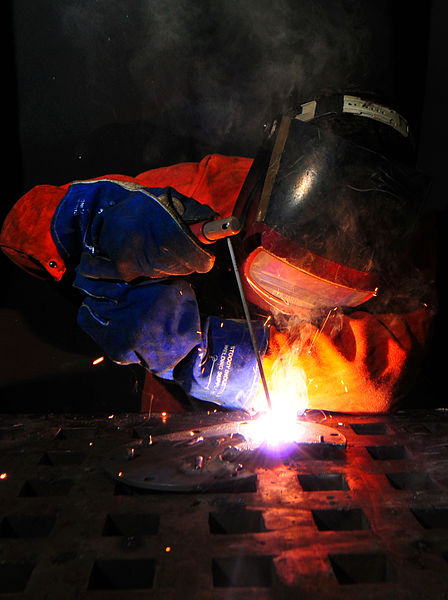
(Photo: WikiCommons)
CHICAGO – According to a new report from the Boston Consulting Group (BCG), the threat of a U.S. skills shortage in the manufacturing sector is being overblown.
The report titled The U.S. Skills Gap: Could It Threaten a Manufacturing Renaissance? – echoed earlier research from BCG that was released last October.
We believe such fears are overblown at least for the near term,” the report says.
“Our research finds little evidence of a meaningful and persistent skills gap in most parts of the U.S., including in its most important manufacturing zones.
One of the points emphasized in the report is how there are only seven states showing a significant gap in manufacturing, and six of those seven are in the bottom quartile of manufacturing output.
RELATED: ontario skills gap costing province more than $24 billion report says
BCG estimates the U.S. is currently short around 80,000 to 100,000 highly skilled manufacturing workers, but notes that number represent less than 1 per cent of the nations total manufacturing workforce, and less than 8 per cent of its highly skilled workforce of approximately 1.4 million.
However, the report does raise some concerns about the rate at which new skilled workers are being introduced.
The real problem,” the report says, “is that companies have become too passive in recruiting and developing skilled workers at a time when the U.S. education system has moved away from a focus on manufacturing skills in order to put greater emphasis on other capabilities.
It suggests U.S. manufacturers have scaled back their in-house training over the years, and underutilize sources of new talent such as high schools and community colleges.
Quite often, the skilled workers are available just not at a price employers are willing to pay, explained Harold L. Sirkin, a BCG senior partner and coauthor of the research.
Or companies do not bother to recruit at community colleges and vocational schools. In other instances, experienced skilled workers with good academic training are available sometimes in-house but companies are unwilling to invest the time and money to train these workers to use new technologies or specific machines.
Michael Zinser, a BCG partner who leads the firms manufacturing practice in the Americas, adds, Investment by the public and private sectors in skills development needs to increase and accelerate.
“Companies can meet many of their needs on their own through more aggressive recruiting and training. These efforts must be supported by a nationwide program of science, technology, and engineering training to ensure that there will be sufficient skilled workers in key trades.
The report can be downloaded at www.bcgperspectives.com.




